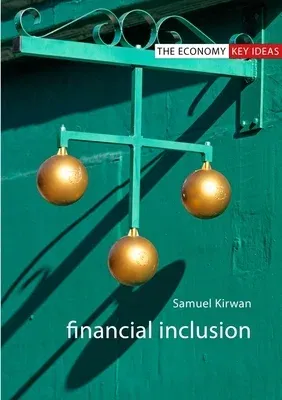Limited access to financial services, such as banking and credit,
impedes economic development in impoverished communities, which has
prompted policy-makers, private institutions and NGOs to develop
strategies to address financial inclusion. Drawing on a series of
illustrative case studies, Samuel Kirwan examines the various types of
policy implementation, and considers the social impact and efficacy of
such economic intervention.
From exploring India's micro-credit industry to explaining the rise of
mobile banking in South Africa, the book employs a social science tool
box to make sense of the various policy areas and initiatives involved
in confronting economic inequality. Analysing both developed and
developing markets, Kirwan highlights the potentially detrimental
effects of financial inclusion strategies, such as the spread of
sub-prime mortgage lending in the US. While acknowledging the risks and
pitfalls of government-backed and private financial inclusion practices,
the author, nevertheless, makes a strong case for the value of financial
inclusion both as a conceptual term for clarifying the stakes of
material poverty and as a policy tool that creates a space for
meaningful changes in economic practices.
An insightful take on the role of government policy in combatting
inequality, the book is a valuable resource for researchers examining
the socio-economic dimensions of poverty and attempts to address it.

